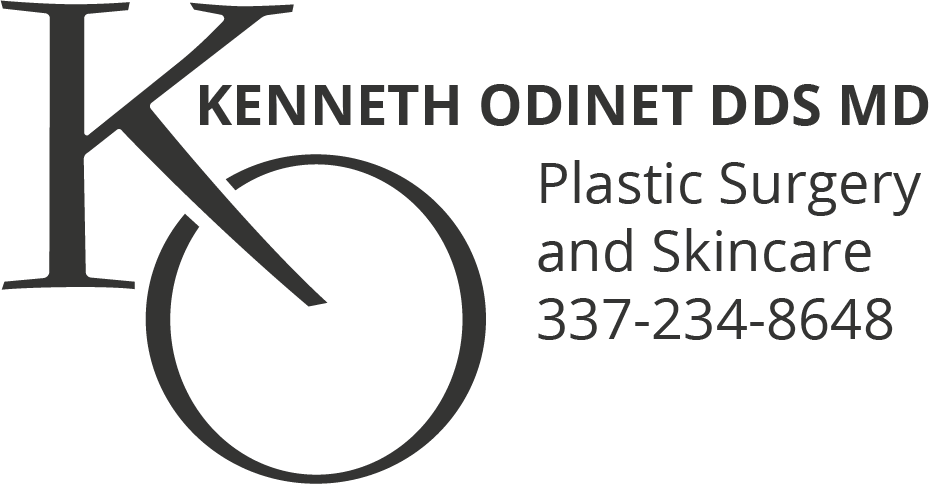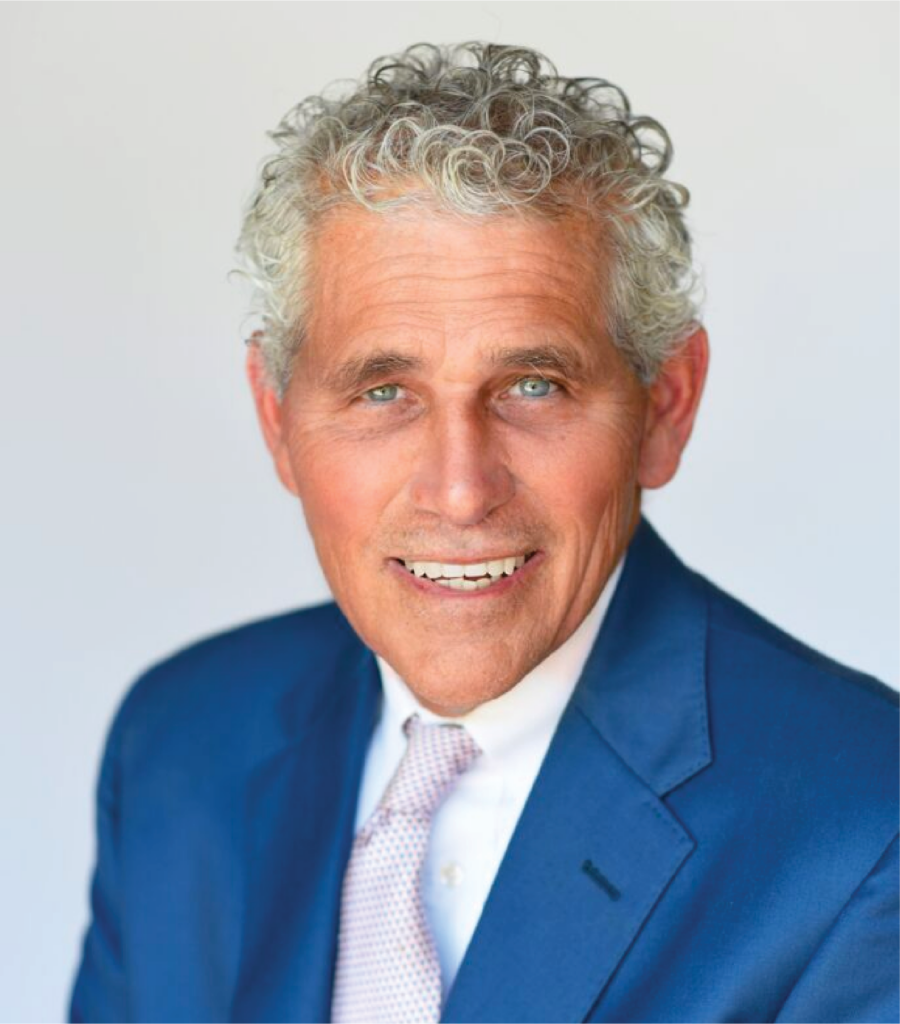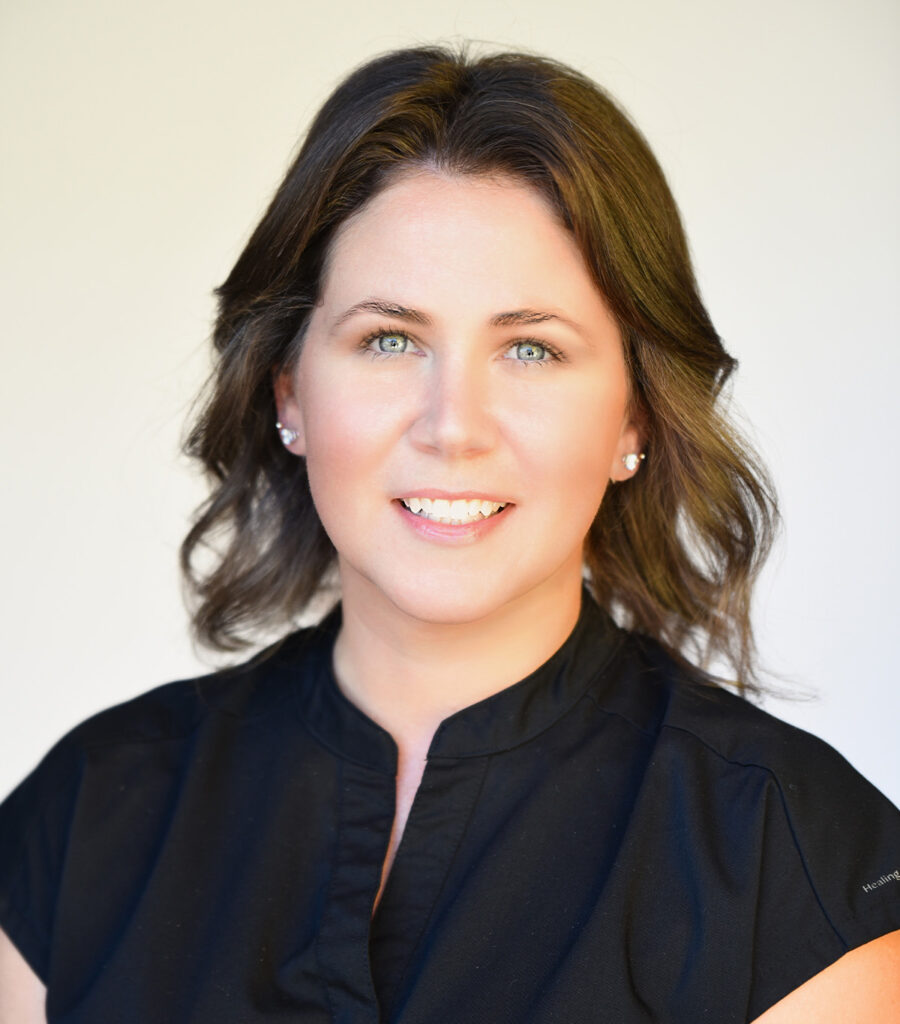
Do You Know Where Your Toxins and Peptides Are Coming From?
In an era where aesthetic treatments are more accessible than ever, it can be tempting to go where prices seem too good to be true. But when it comes to injectables and peptide therapies, what you don’t know can truly hurt you. The products used in your treatment—and who is administering them—make all the difference in both safety and results.
Before you book an appointment, it’s worth asking: where are these products coming from, and who’s really overseeing your care?
The Difference Between 503(a) and 503(b) Pharmacies
Understanding the source of your products begins with knowing how compounding pharmacies are regulated.
503(a) pharmacies are traditional compounding pharmacies that make customized medications for individual patients, based on a valid prescription from a licensed provider. Each formulation is tailored to meet a patient’s specific needs, but because these products are compounded in smaller batches, they are not required to undergo the same level of FDA pre-approval testing as mass-produced drugs.
503(b) pharmacies, on the other hand, are outsourcing facilities that can compound larger quantities of medication under stricter oversight. They must register with the FDA, follow Good Manufacturing Practices (GMP), and submit to routine inspections. This means that medications from 503(b) pharmacies are produced with more consistent quality control and greater traceability.
When a clinic uses products sourced from an unverified supplier or non-compliant pharmacy, the risk of contamination, incorrect dosing, or impurity increases significantly. Patients should always feel comfortable asking where their toxins or peptides come from—and should expect a clear answer.
Why the Price Tag Matters
It’s easy to understand the appeal of lower prices, especially when aesthetic treatments are offered at a discount. But high-quality, FDA-approved injectables and properly compounded peptides carry costs for a reason. The price reflects the safety measures, sterile manufacturing standards, and medical oversight built into every product.
When prices seem unusually low, it may be a red flag that the clinic is cutting corners—perhaps using unregulated, overseas, or counterfeit products. These can lead to poor results, allergic reactions, or even serious health complications.
Your health and safety are worth far more than a bargain.
The Importance of Having a Doctor On Site
One of the biggest differences between a true medical practice and a typical medical spa is physician oversight. In a fully supervised medical environment, a board-certified physician is not only approving treatments but also evaluating your individual health, reviewing your medications, and ensuring that your care follows medical best practices.
When a doctor is present on site, complications can be managed immediately and appropriately. You also gain the peace of mind that comes from being treated by someone who understands anatomy, pharmacology, and how various injectables interact within the body.
By contrast, many medical spas operate with limited or off-site supervision. That means your treatment may be administered by a provider who does not have direct physician oversight—an approach that increases risk and decreases accountability.
The Bottom Line
Before choosing where to receive your injectables or peptide therapies, take the time to ask questions.
-
Where are the products sourced?
-
Is this a 503(a) or 503(b) pharmacy?
-
Is there a doctor on site overseeing treatments?
Safe, effective aesthetic care requires more than a good deal—it requires trust, transparency, and medical expertise. When you understand the difference, you can make informed choices that protect your health and deliver beautiful, lasting results.





